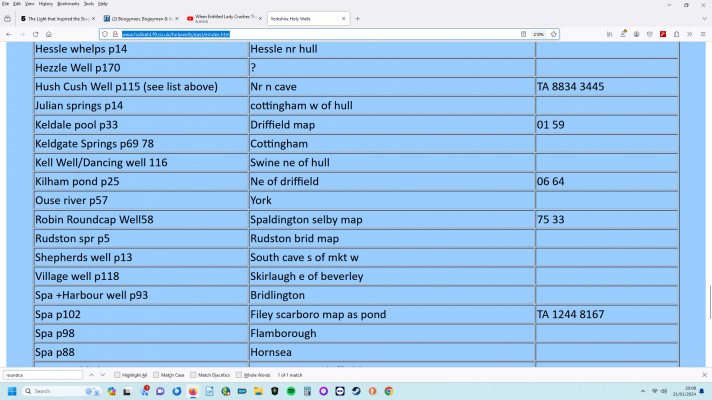eziofan
Ephemeral Spectre
- Joined
- Nov 14, 2005
- Messages
- 357
I'm very excited to report that my Society's excavation project next year will be on a site attached to one of the many Boggart folktales.
Old Hall Farm, Spaldington, East Yorkshire is built on the site of Spaldington Hall, an Elizabethan manor house which was the home of the Vavasour family and was supposedly haunted by a boggart known as Robin Roundcap.
https://en.wikipedia.org/wiki/Hobgoblin
The story (printed in the Goole Times in 1875) is identical to the more famous boggart at Boggart Hole Clough near Manchester and various other versions of the story.
The Vavasour family were staunch recusants and our dig will attempt to find the remains of a chapel in the grounds which was destroyed soon after the Reformation.
Now here is one for the folklorists, is it possible that this story became attached to Spaldington Hall because of the Vavasour's heretical beliefs?
I will report back if any supernatural events occur!
Old Hall Farm, Spaldington, East Yorkshire is built on the site of Spaldington Hall, an Elizabethan manor house which was the home of the Vavasour family and was supposedly haunted by a boggart known as Robin Roundcap.
https://en.wikipedia.org/wiki/Hobgoblin
The story (printed in the Goole Times in 1875) is identical to the more famous boggart at Boggart Hole Clough near Manchester and various other versions of the story.
The Vavasour family were staunch recusants and our dig will attempt to find the remains of a chapel in the grounds which was destroyed soon after the Reformation.
Now here is one for the folklorists, is it possible that this story became attached to Spaldington Hall because of the Vavasour's heretical beliefs?
I will report back if any supernatural events occur!


